How fleece became fashion’s hottest item
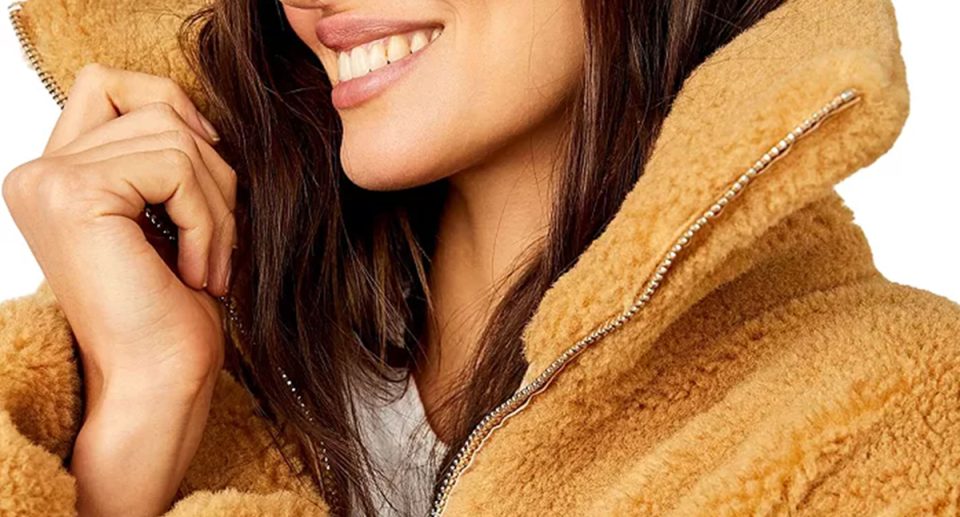
The humble fleece jacket, once synonymous with outdoor adventures and chilly evenings, has experienced a remarkable evolution that extends beyond its initial role as a source of practical warmth. This metamorphosis has elevated the fleece from a utilitarian necessity to a coveted sublime fashion statement, marking a significant departure from its origins as mere outdoor gear.
The transformation of fleece into a sought-after item in high fashion signifies a profound shift in perception and utility. No longer confined to its functional roots, the fleece has seamlessly transitioned into a fashionable accessory, adding a touch of comfort and style to wardrobes around the globe.
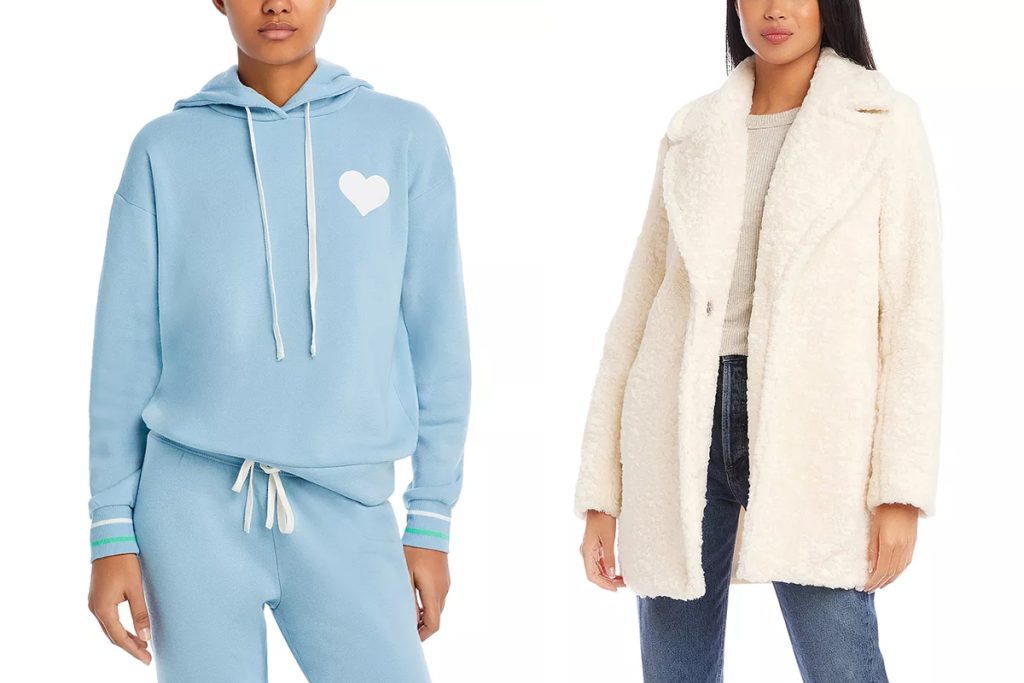

How fleece became a symbol of contemporary style
This evolution has been propelled further by the enthusiastic embrace of celebrities who appreciate both the comfort and trendiness that fleece brings to the fashion scene. The influence of these trendsetters has magnified the fleece’s appeal, transforming it into a symbol of contemporary style.
Luxury brands, recognizing the growing allure of fleece, have seamlessly integrated it into their latest fashion collections. This collaboration between high-end fashion and a fabric traditionally associated with outdoor pursuits exemplifies the versatile and adaptable nature of fleece.
As a result, it has found a prominent place in wardrobes worldwide, transcending its initial utilitarian purpose to become a staple in the realm of global fashion trends.
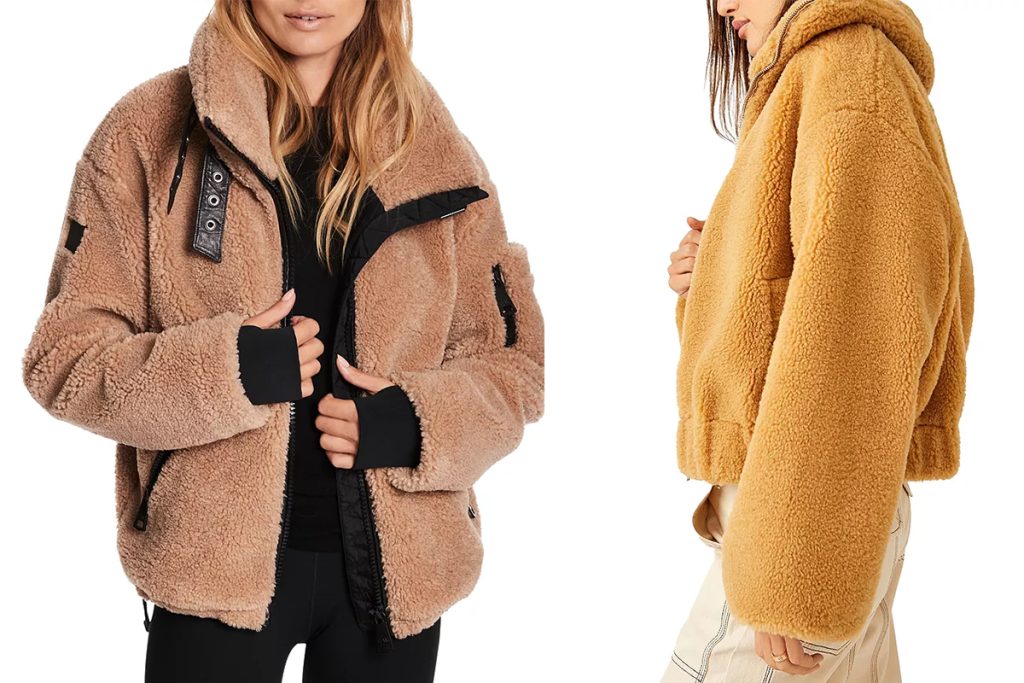

The history of fleece
The origin of fleece as a fabric can be traced back to the practical need for warmth. In the challenging landscapes of outdoor activities, where harsh winds and freezing temperatures posed difficulties, fleece emerged as a revolutionary solution.
Its insulation capabilities proved transformative, surpassing the limitations of traditional wool and establishing itself as an essential companion for those venturing into the great outdoors.
The invention and initial applications of fleece unfolded against the backdrop of exploration and adventure. Picture fearless individuals navigating unexplored territories, dressed in fleece jackets that became synonymous with protection against the elements.
Fleece, with its lightweight yet insulating properties, secured a distinct place in the realm of outdoor activities. It wasn’t just a fabric; it became a symbol of resilience for those who dared to explore the untamed beauty of nature.
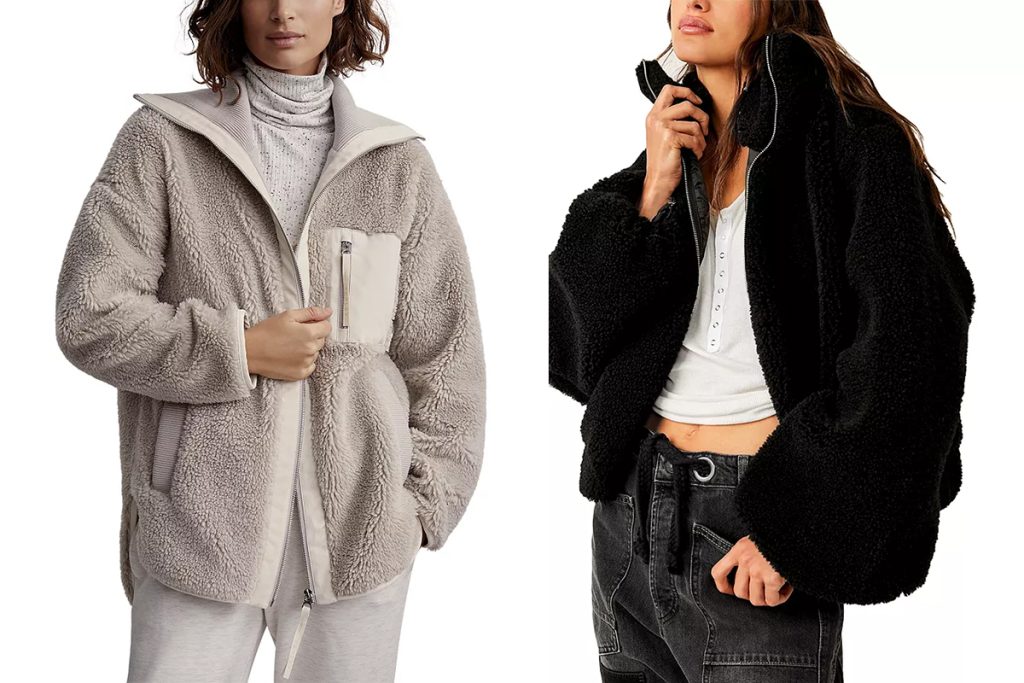

Fleece – An unexpected muse in fashion
The introduction of fleece into the fashion industry marked a deviation from the usual trends. Amidst the accustomed swish of silk and the shimmer of satin on runways, fleece quietly entered the scene. Its utilitarian origins did not hinder its rise in high fashion; instead, it became a subtle disruptor challenging established norms.
The fashion industry, known for its love of extravagance, embraced the unassuming allure of fleece, signifying a shift where comfort met couture. The once-modest fabric transformed into an unexpected muse for designers seeking both style and substance.
Today, the perception of fleece has evolved significantly, shedding its humble image and experiencing a surge in popularity on the high street. No longer confined to its outdoor origins, fleece now offers diverse designs in terms of shape, color, prints, and fabrics, catering to a wide audience.
Despite its associations with nature, many fleeces are made from polyester, a form of plastic typically derived from petroleum. However, some brands, like Passenger and Patagonia, opt for recycled polyester, aligning with sustainable practices.
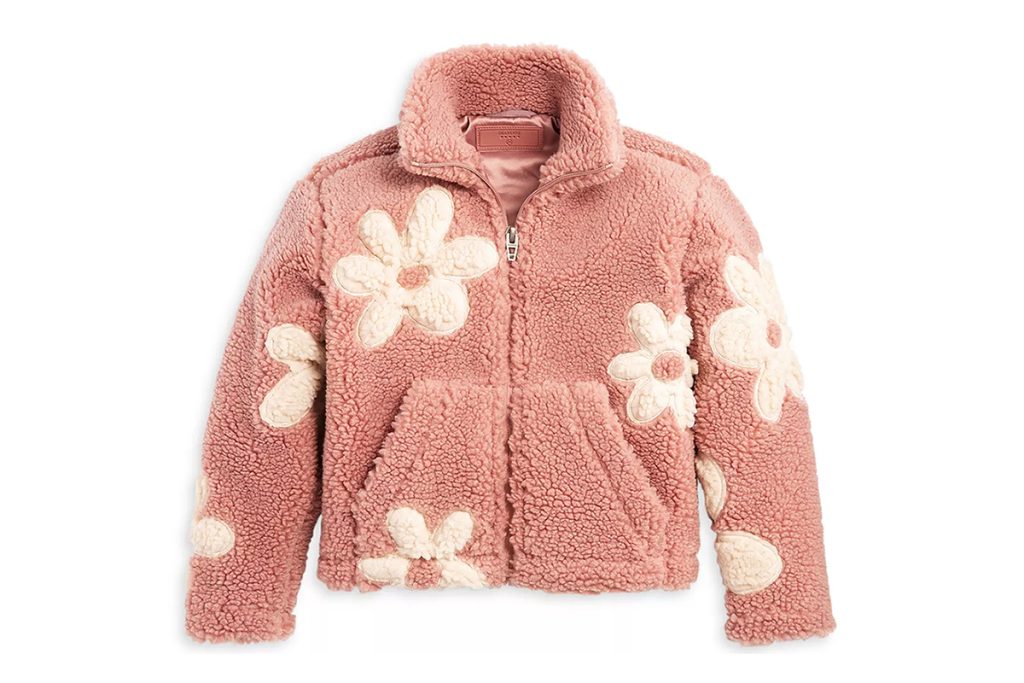

How fleece became fashion’s hottest item conclusion
The remarkable surge in fleece’s popularity is closely tied to a broader outdoorsy trend that fashion brands have adeptly embraced. What was once associated solely with hiking and camping gear now effortlessly transitions from the mountain’s base to the front row of fashion runways.
The fashion industry’s adoption of fleece can largely be viewed as a positive development. It not only transforms a practical outdoor fabric into a style statement but also has the potential to encourage more people to engage with the outdoors.
By intertwining fashion with the allure of outdoor activities, it opens avenues for a broader audience to enjoy the various pursuits that nature offers, fostering a positive and active lifestyle.



















